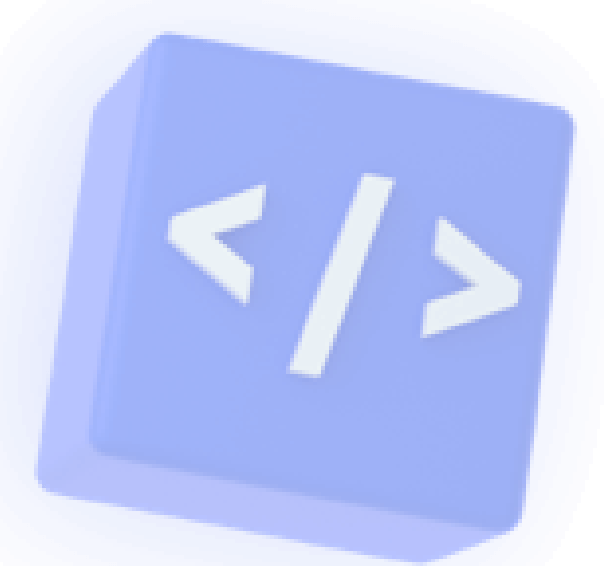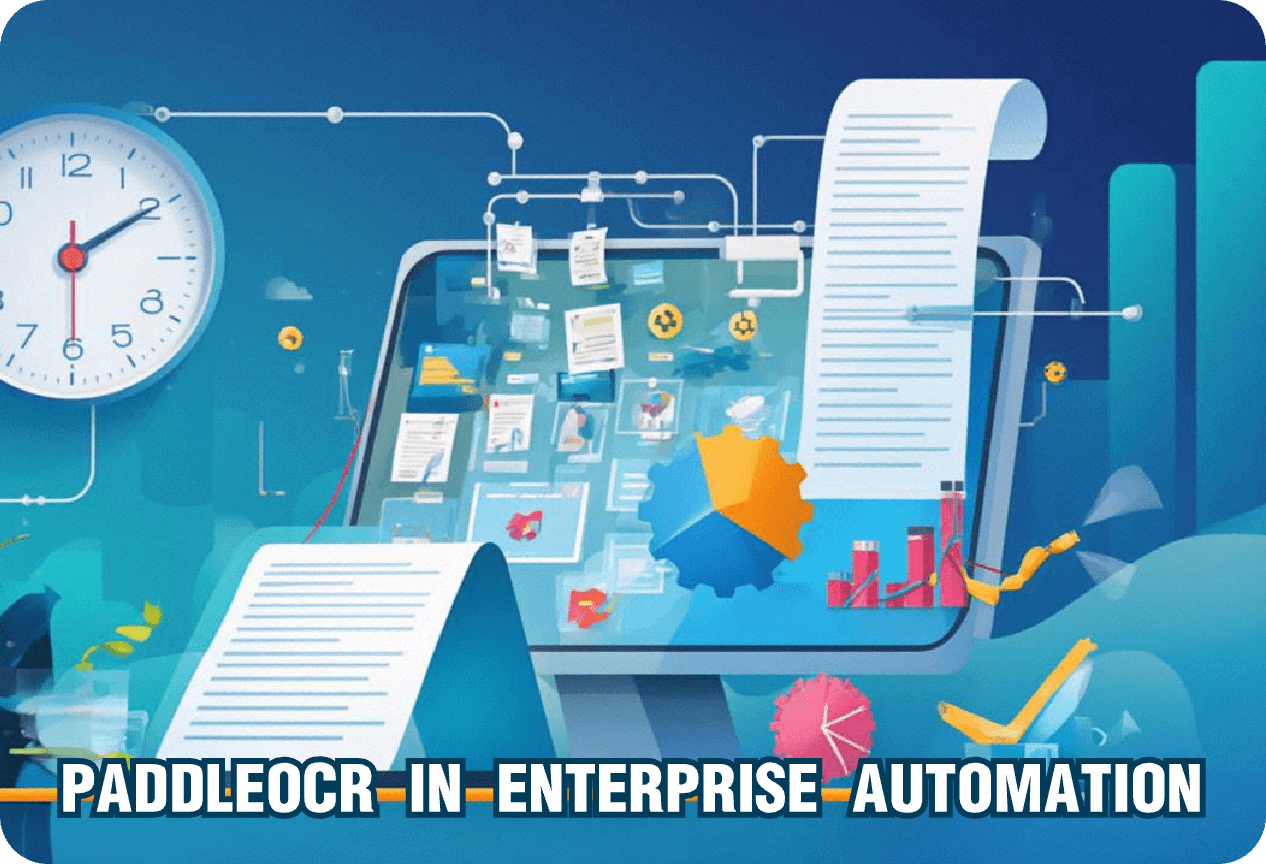Using PaddleOCR for Intelligent Document Processing – Automating Text Extraction at Scale


Stay ahead with expert insights from TOBID TECHNOLOGY
Keep up with the latest in software engineering, digital transformation, and system architecture. Our team regularly shares deep-dives into breakthrough technologies, client success stories, and emerging trends shaping the global IT landscape. Explore real-world applications, proven strategies, and technical innovations that help your business scale faster and smarter.
🔍 Why PaddleOCR?
- • Invoice Processing — extract vendor names, line items, totals
- • Healthcare Records Digitization — capture diagnoses and treatment fields
- • KYC Document Parsing — verify identity fields and detect structural anomalies
- • Legal Clause Extraction — integrate with NLP modules to locate obligations, names, and key terms
There are many OCR solutions available today, but we've consistently found PaddleOCR to strike the right balance between accuracy, performance, and deployment flexibility. Built on Baidu's deep learning framework (PaddlePaddle), PaddleOCR supports 80+ languages, handles real-world layout structures, and can run efficiently even in constrained environments — ideal for both startups and enterprises seeking on-premise or private deployments.
⚙️ Feature Overview: What Makes PaddleOCR Stand Out?
PaddleOCR is a modular, end-to-end system that includes:
- • Text Detection
- • Direction Classification
- • Text Recognition
Its lightweight footprint (~17MB total) makes it highly deployable. What impressed our engineering team most was how PP-OCRv3 and PP-Structure handle multilingual documents and preserve table and layout structures — a key need for invoice, bank form, and legal automation. In comparative benchmarks, PaddleOCR achieves ~90% alignment with ground truth data — surpassing Tesseract in structured extraction and rivalling commercial solutions like AWS Textract, all while being free and open-source.
🤖 ML-Enhanced Processing
- • Intelligent document classification and routing
- • Context-aware information extraction
- • Automated data validation and verification
- • Predictive analytics for document processing
Our machine learning-enhanced document processing system goes beyond simple text extraction to provide intelligent analysis and classification of document content. This approach enables more sophisticated automation and decision-making capabilities.
📈 Performance Improvements
Key improvements achieved through ML integration:
- • 40% improvement in extraction accuracy
- • 60% reduction in manual review requirements
- • 80% faster processing of complex documents
- • 90% accuracy in document classification
These improvements demonstrate the significant value that machine learning brings to document processing workflows. By combining traditional OCR with advanced ML techniques, we can provide more intelligent and efficient solutions for our clients.



